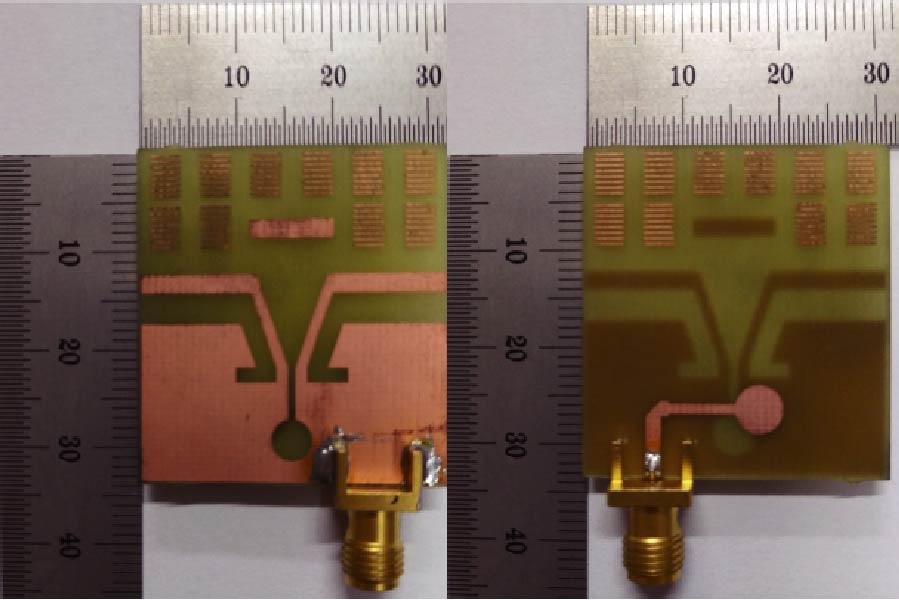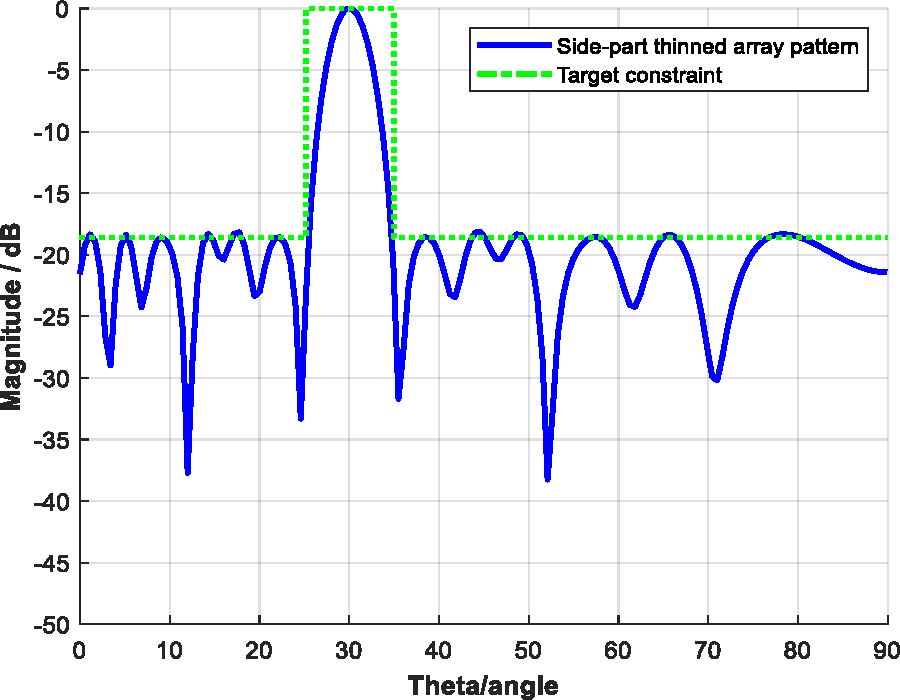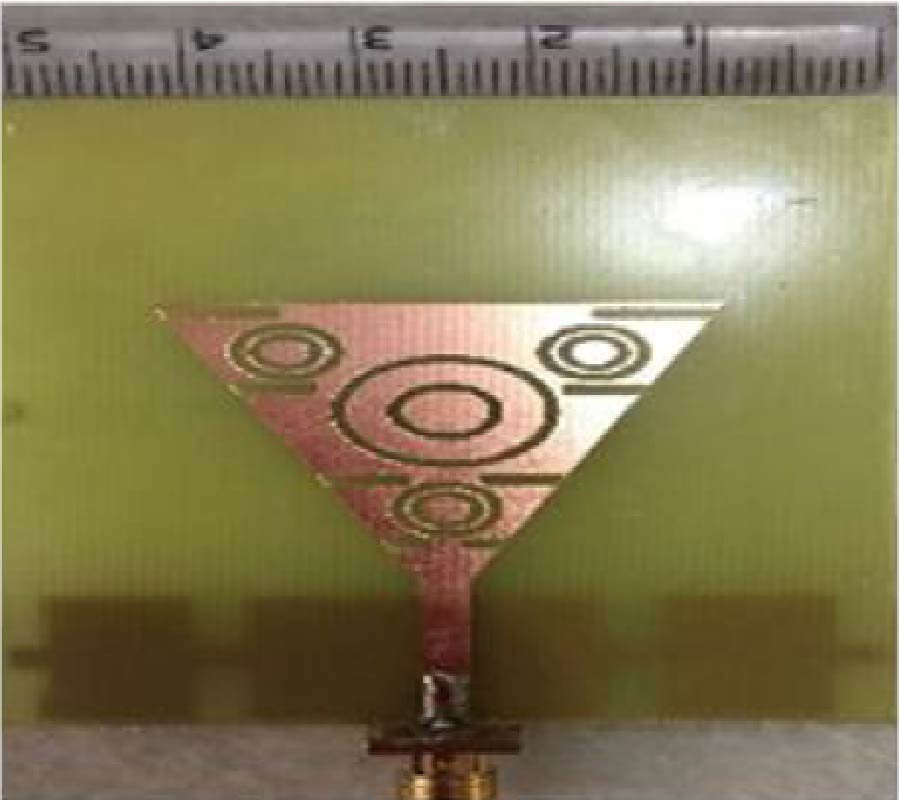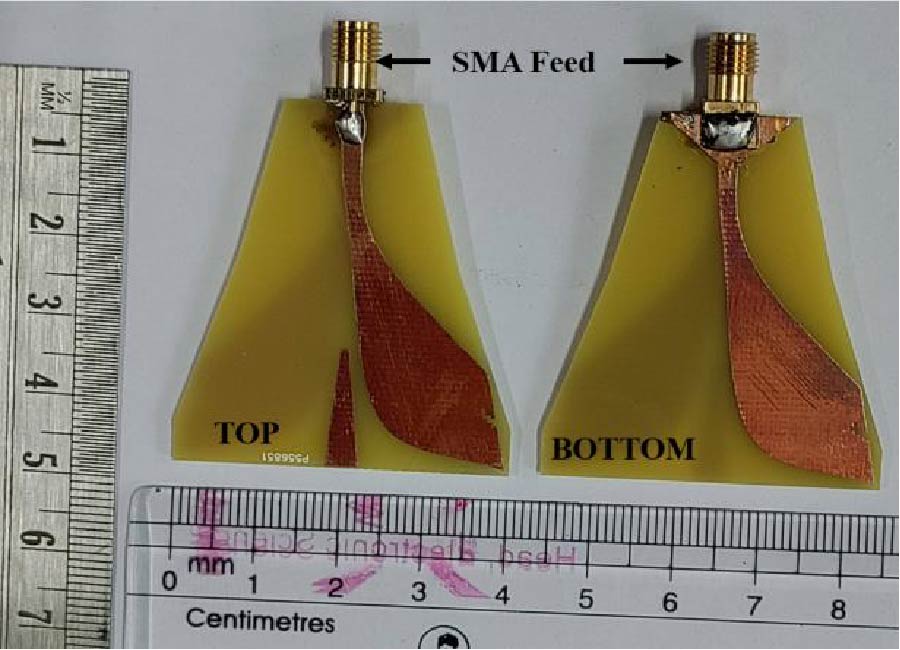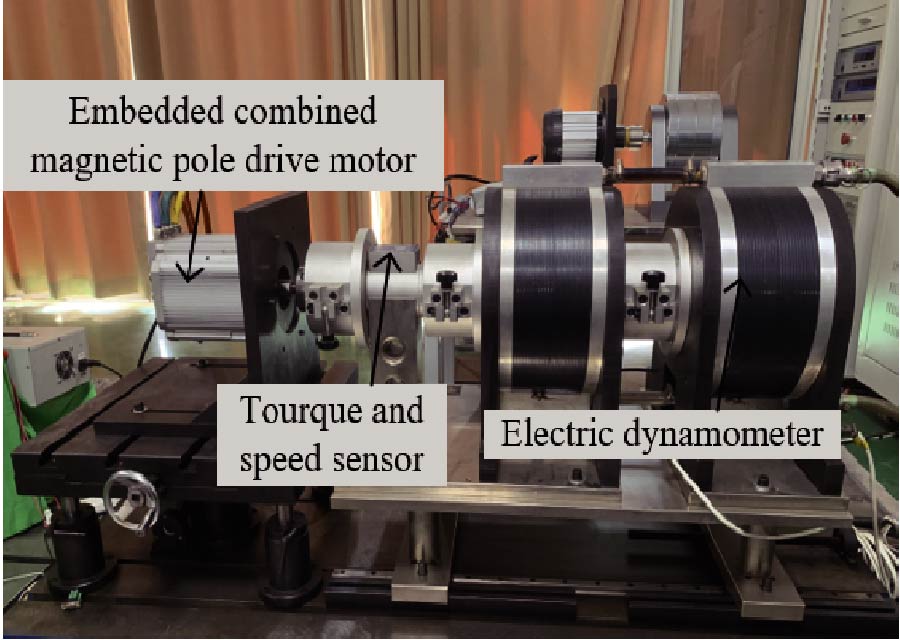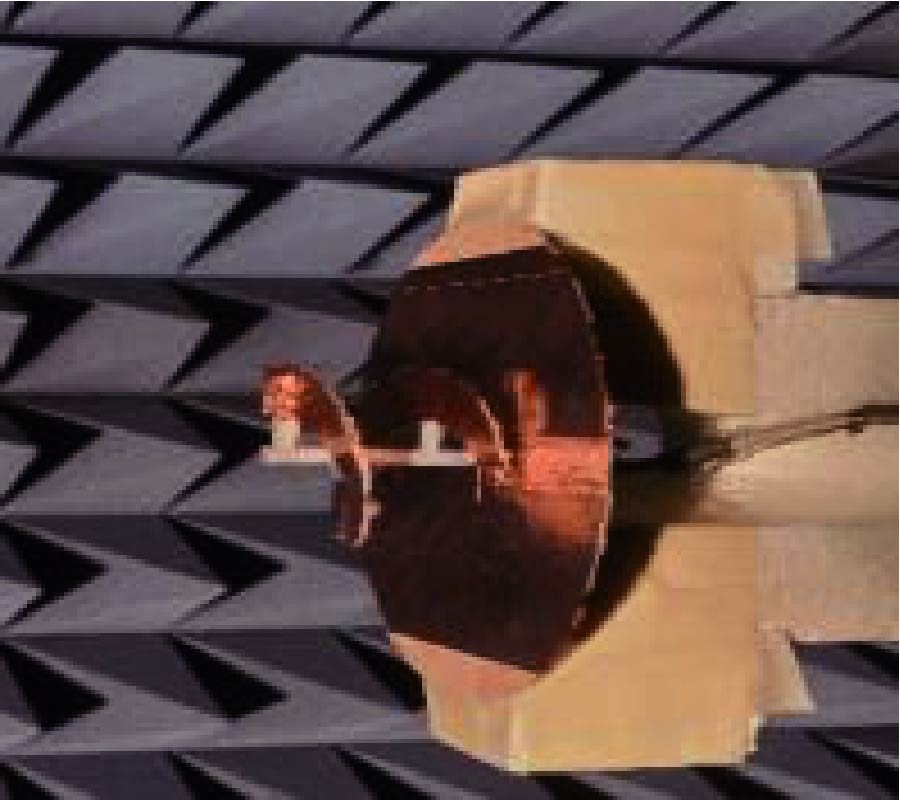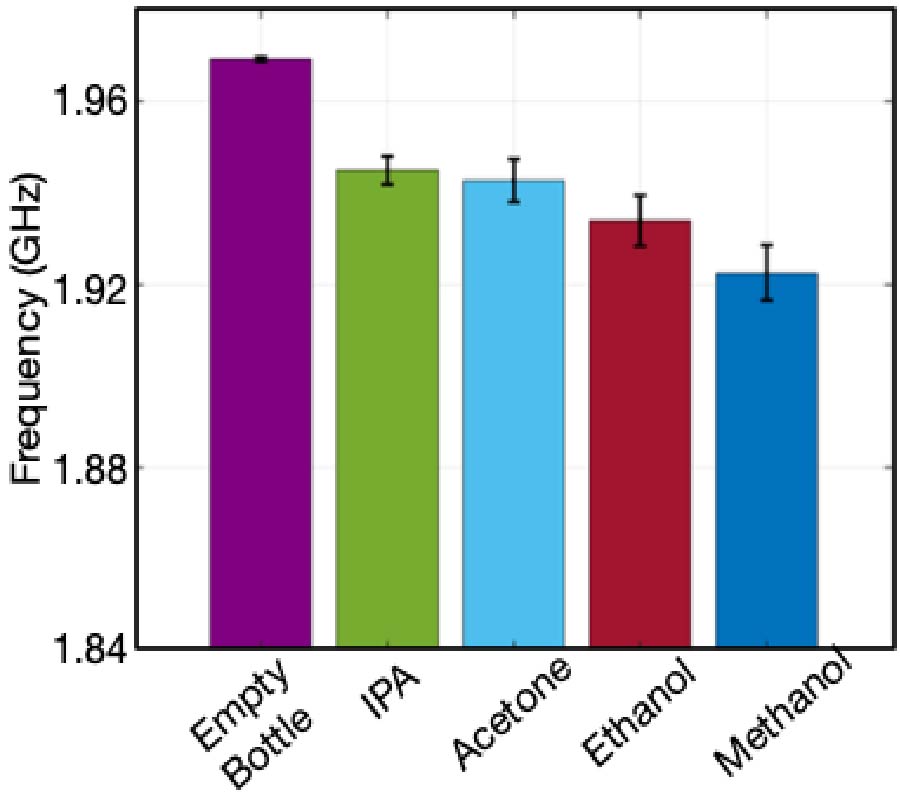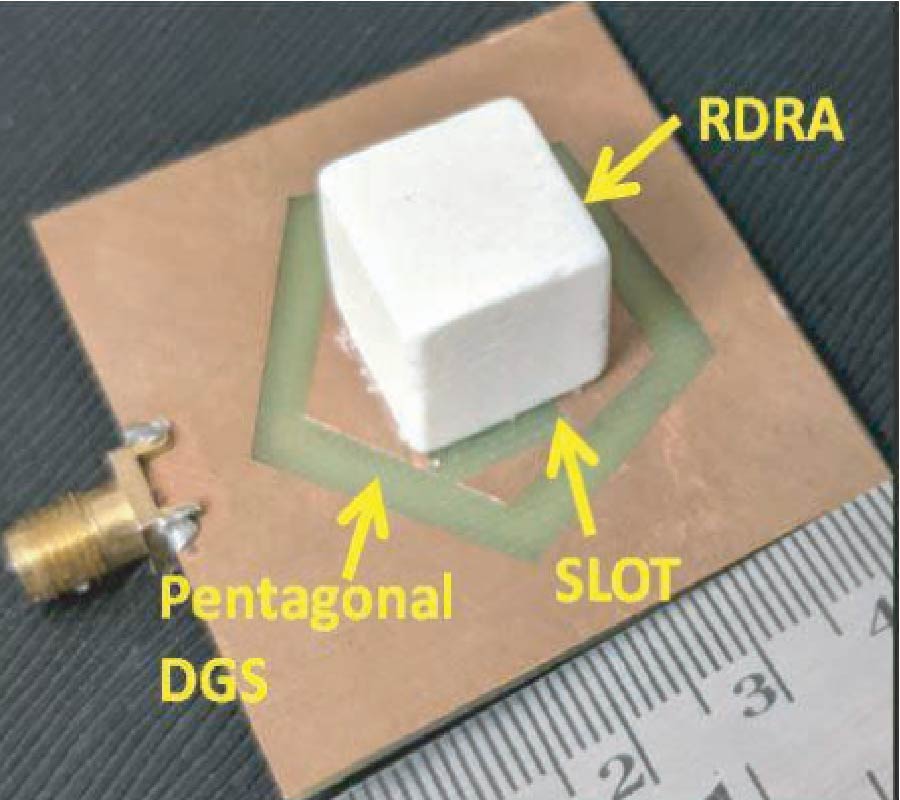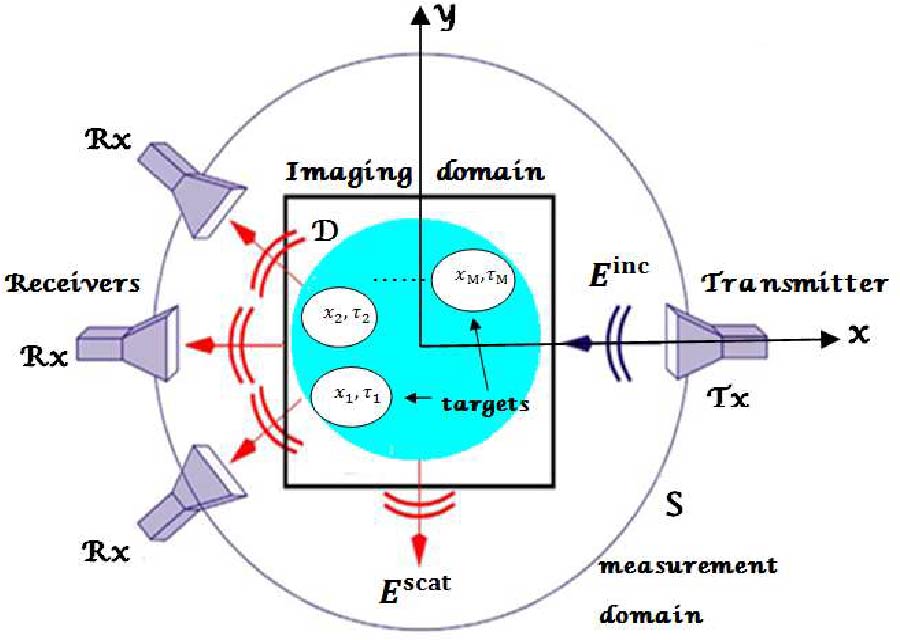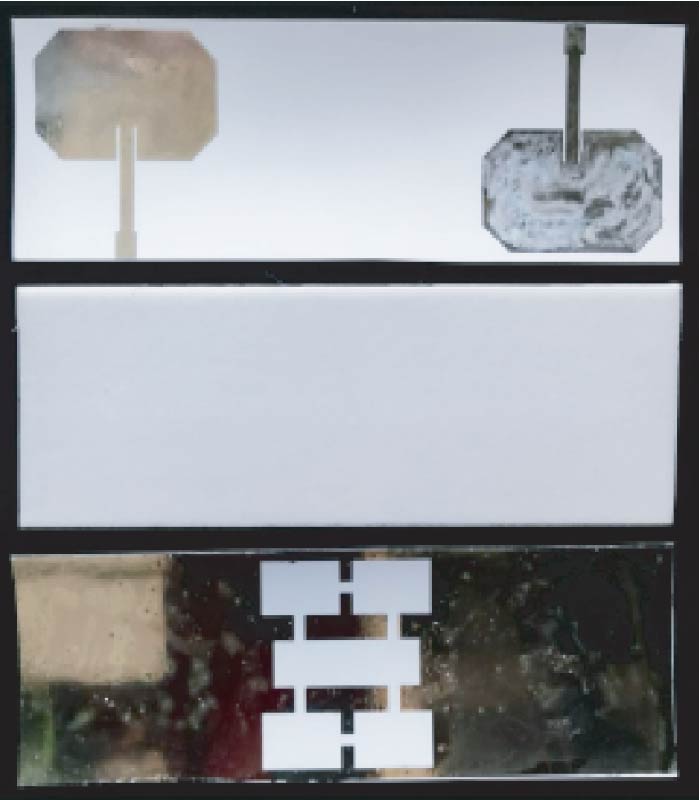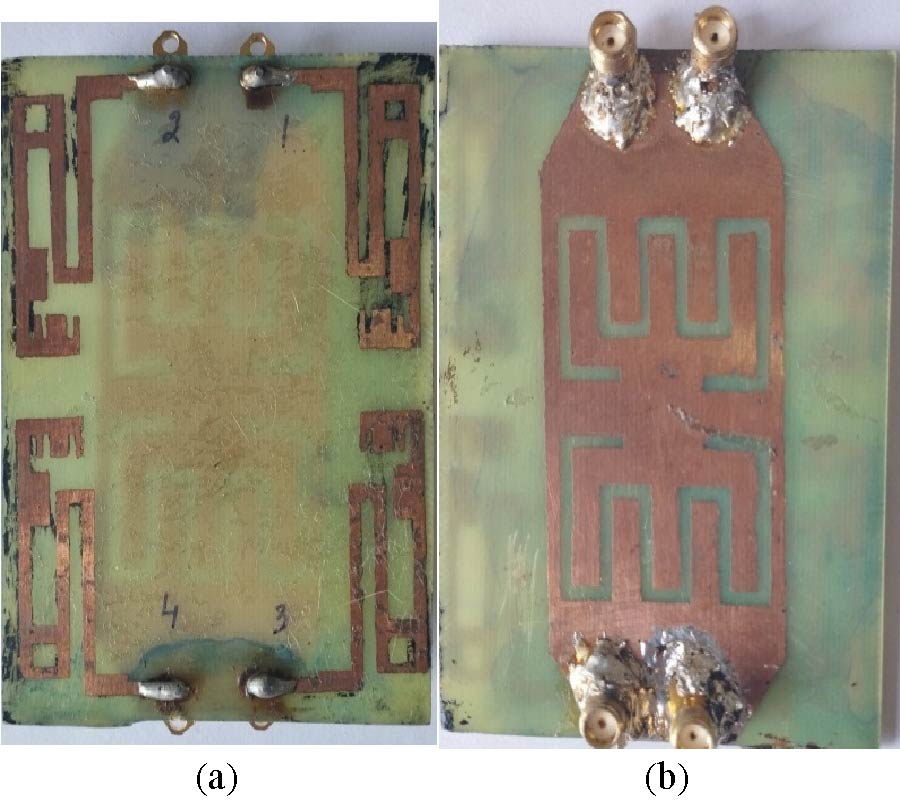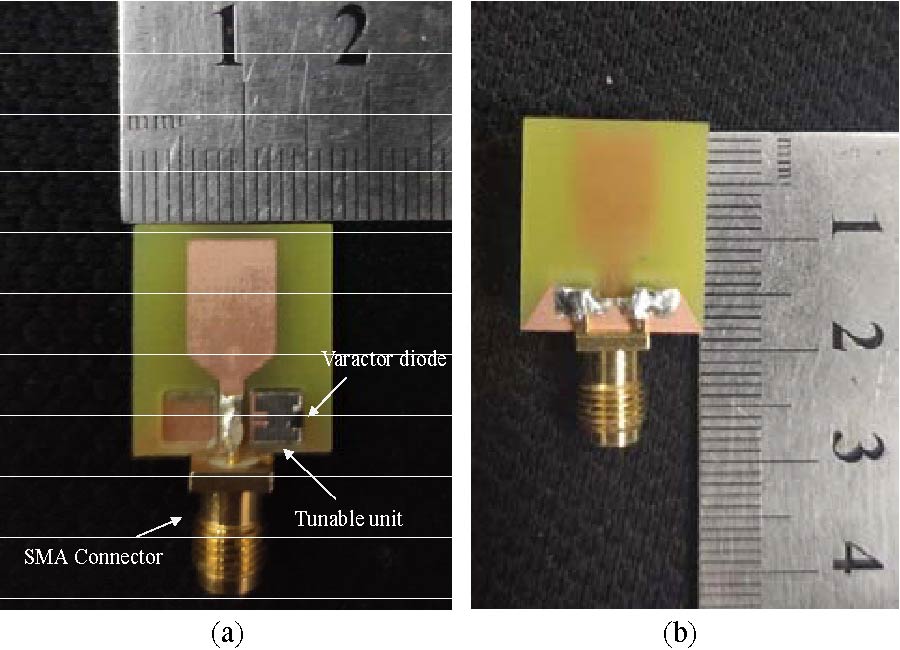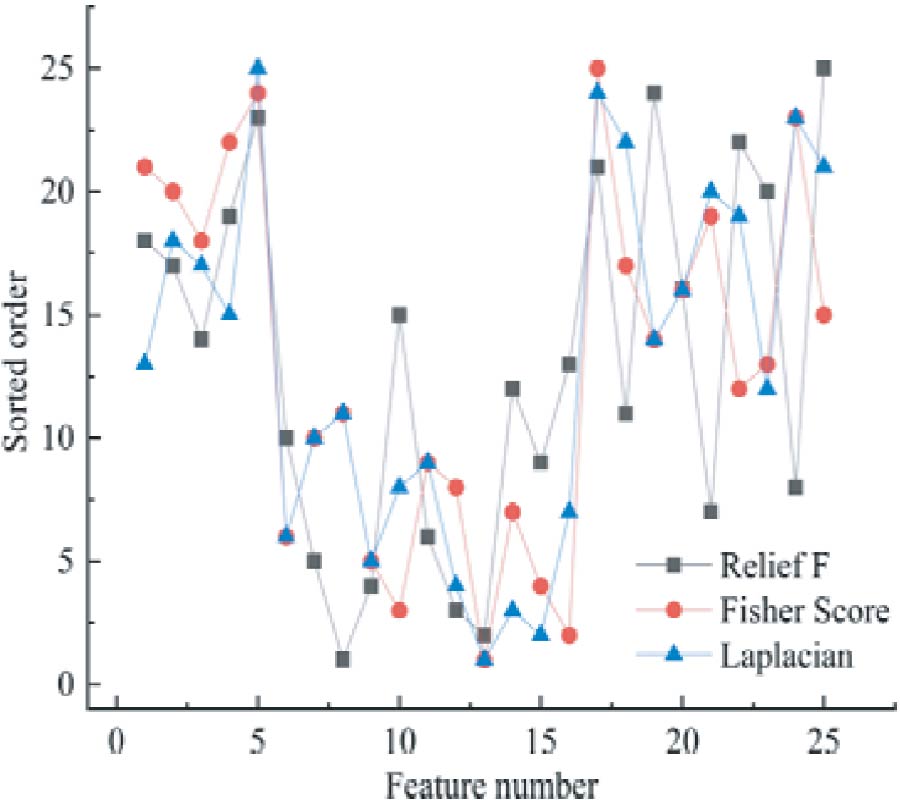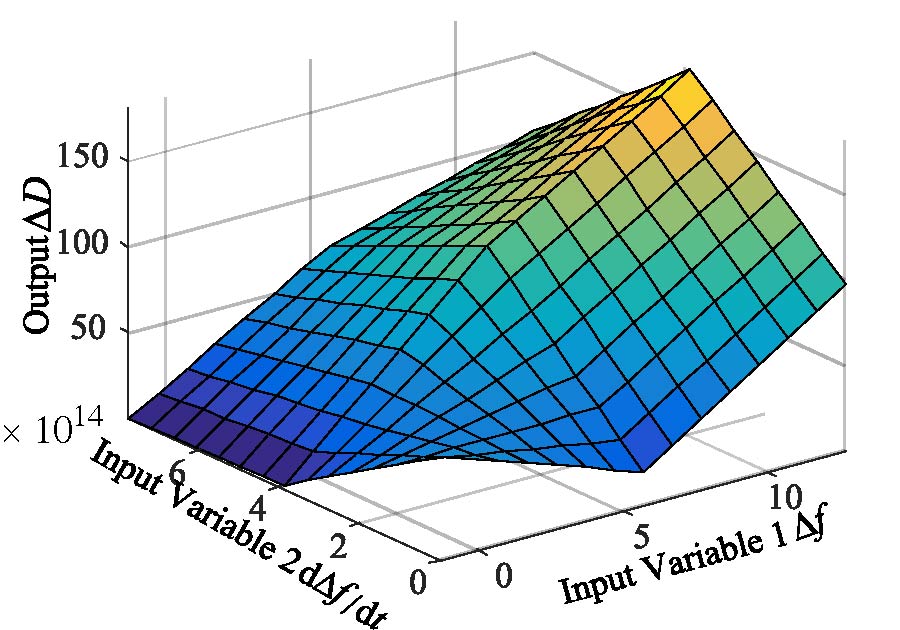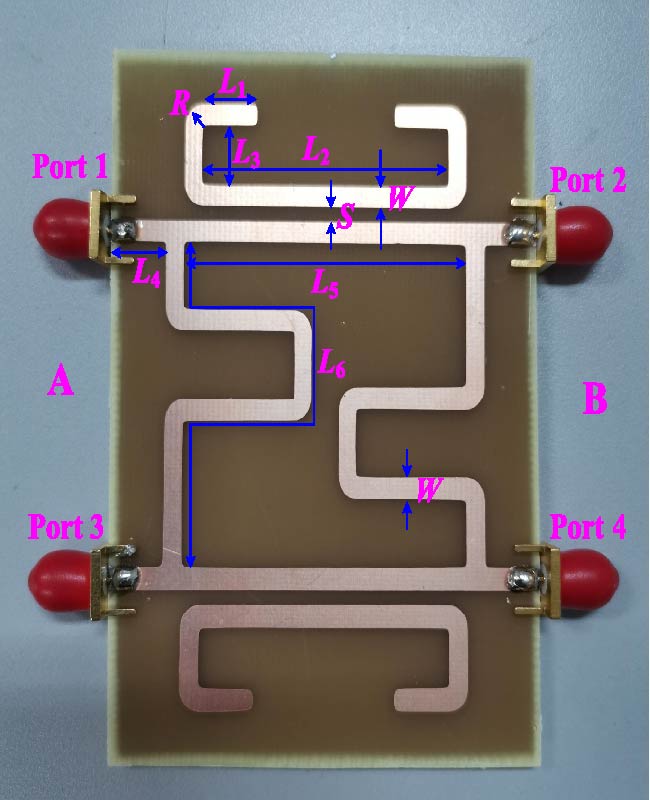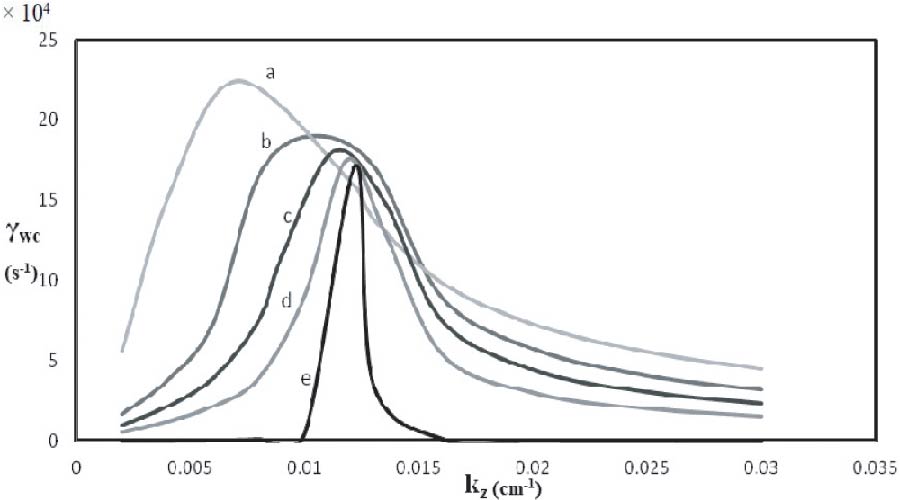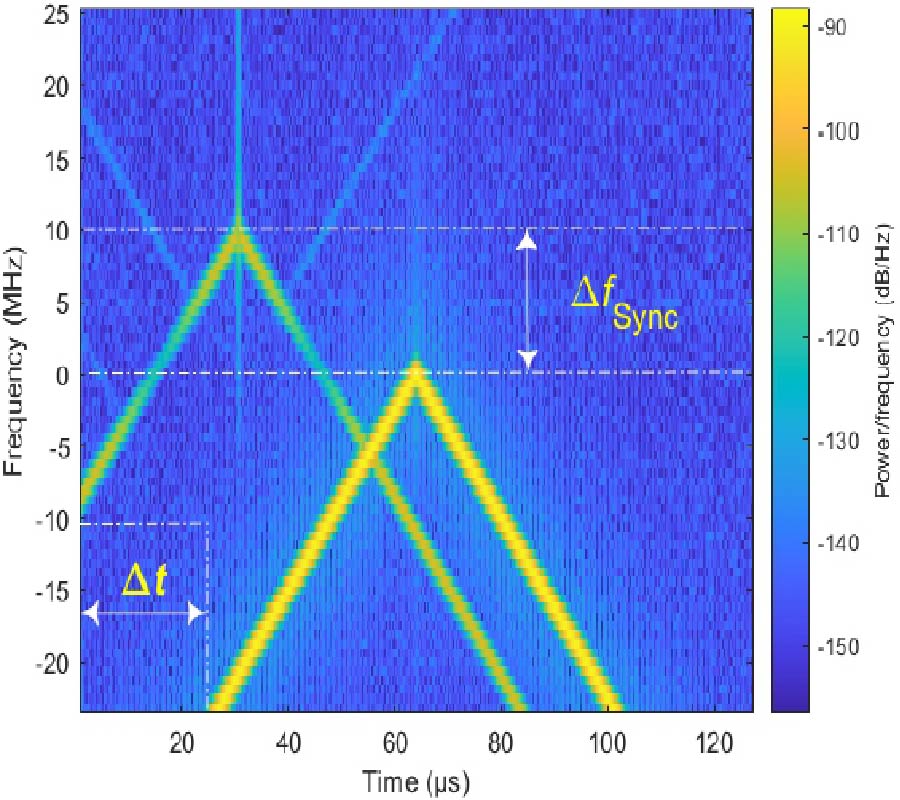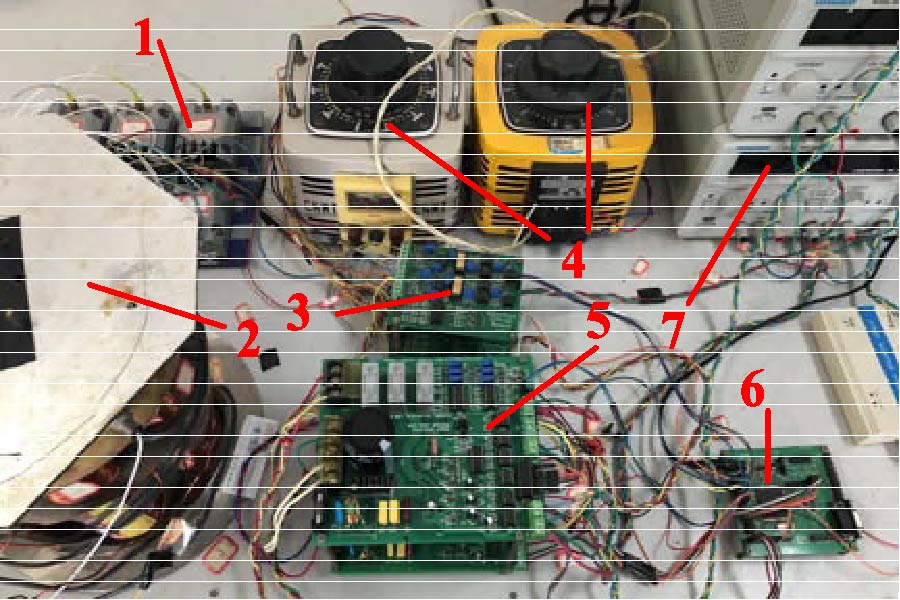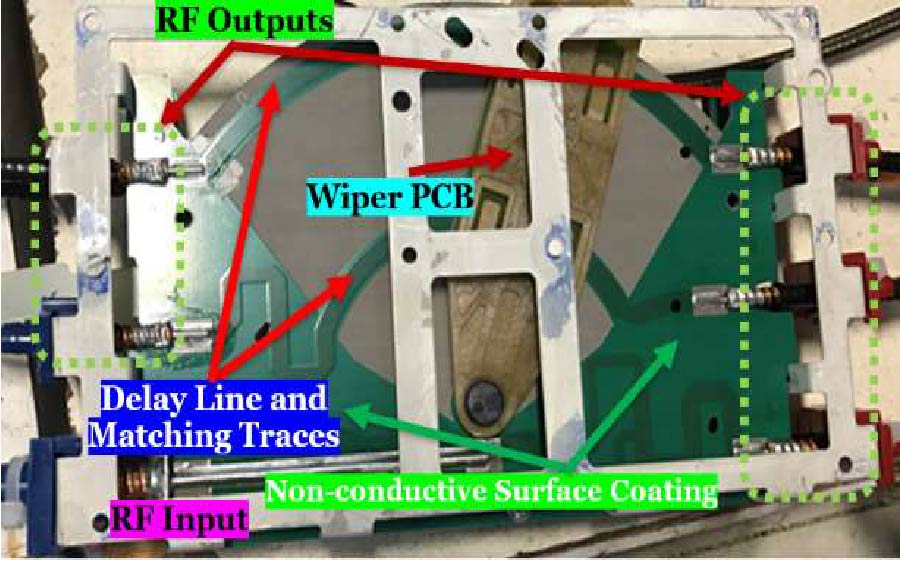A Dual Adaptive Inertia and Damping Control Strategy of ANFIS-VSG for Direct-Drive Permanent Magnet Synchronous Wind Generator Systems
Yang Zhang,
Anping Chen,
Jiangwei Deng,
Yihan Liu,
Sicheng Li and
Zhun Cheng
In the conventional virtual synchronous generator (VSG) dual adaptive inertia and damping control schemes, the inertia J and damping D exhibit different variation patterns in different time intervals and are mutually constrained. To address this problem, an adaptive neural-fuzzy network inference system (ANFIS)-based dual adaptive inertia and damping VSG control technique applied to the direct-drive permanent magnet synchronous wind generator (D-PMSWG) system is proposed in this paper. In ANFIS-VSG, the controller is designed on the basis of the ANFIS control principle, and the input and output data are collected by PID control. The Sugeno-type ANFIS controller model is adopted to train the fuzzy inference system (FIS) online. Moreover, the virtual inertia and damping coefficients can be dynamically adjusted in real time according to the frequency variation without taking the different variations and mutual constraints of inertia J and damping D in different intervals into consideration, so the design difficulty and calculation process can be simplified, and the accuracy of the proposed control algorithm is enhanced through training. Furthermore, when the system is subject to load changes, integrating into the grid from an islanded state, and when the output power sets value steps, the power-frequency characteristics and the anti-interference capability of the three-phase output current of VSG can be improved. Finally, the proposed control strategy is simulated and analyzed based on Matlab/Simulink simulation software, which proves the correctness and effectiveness of the proposed control algorithm.
